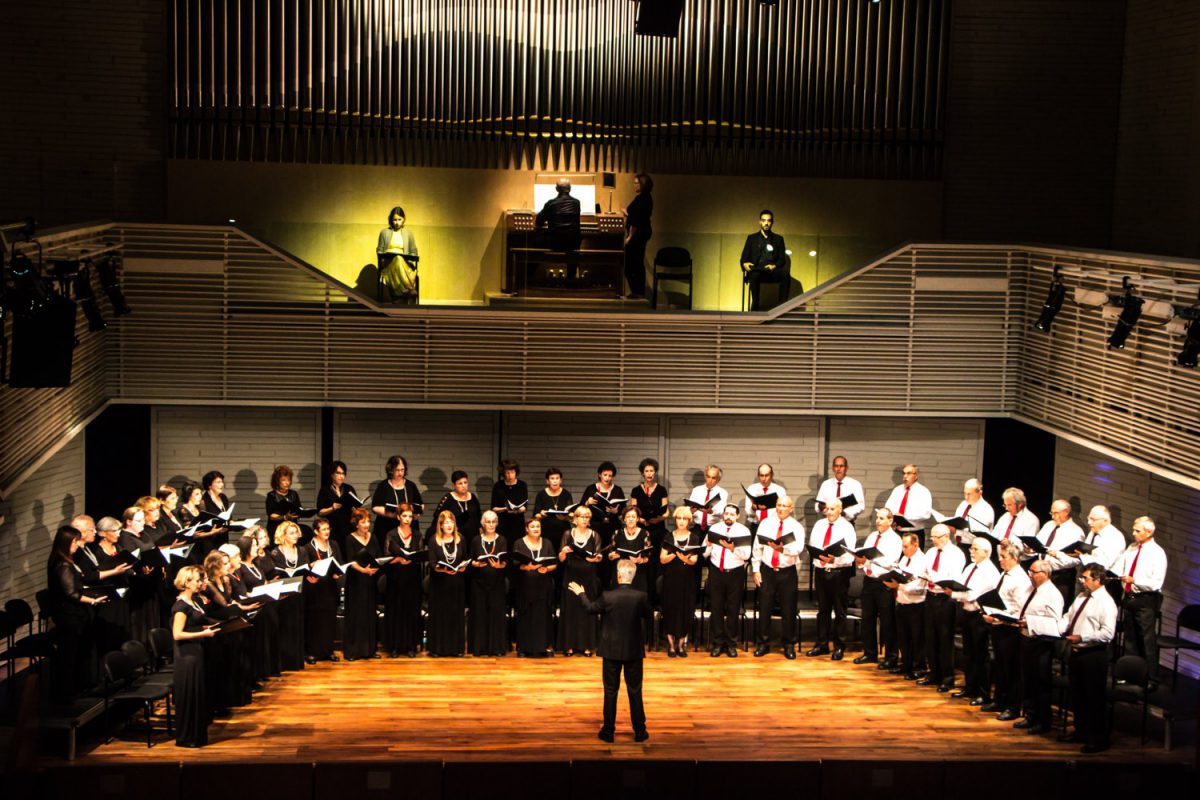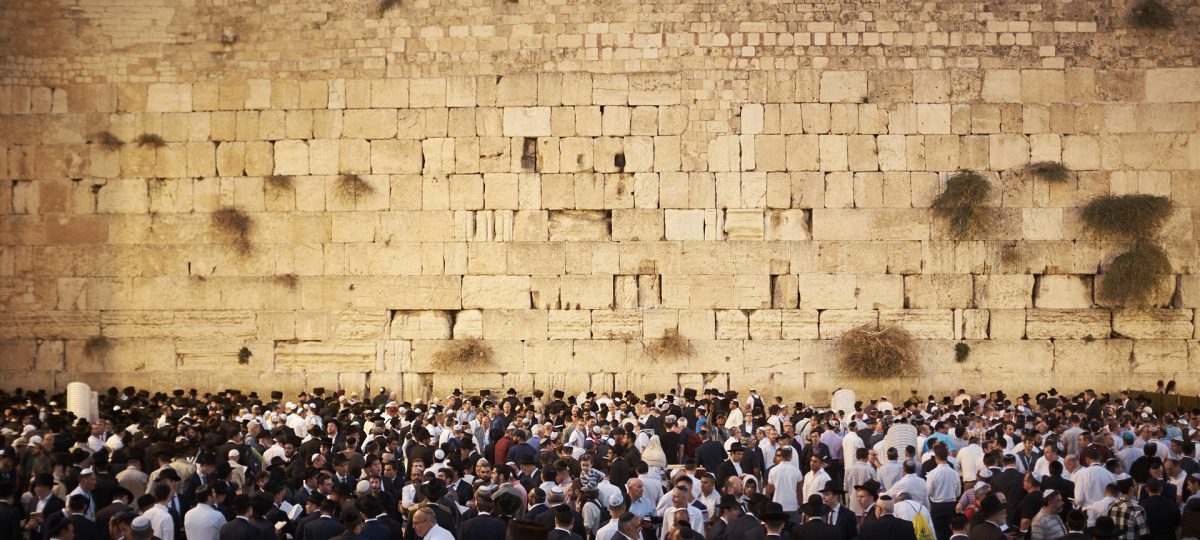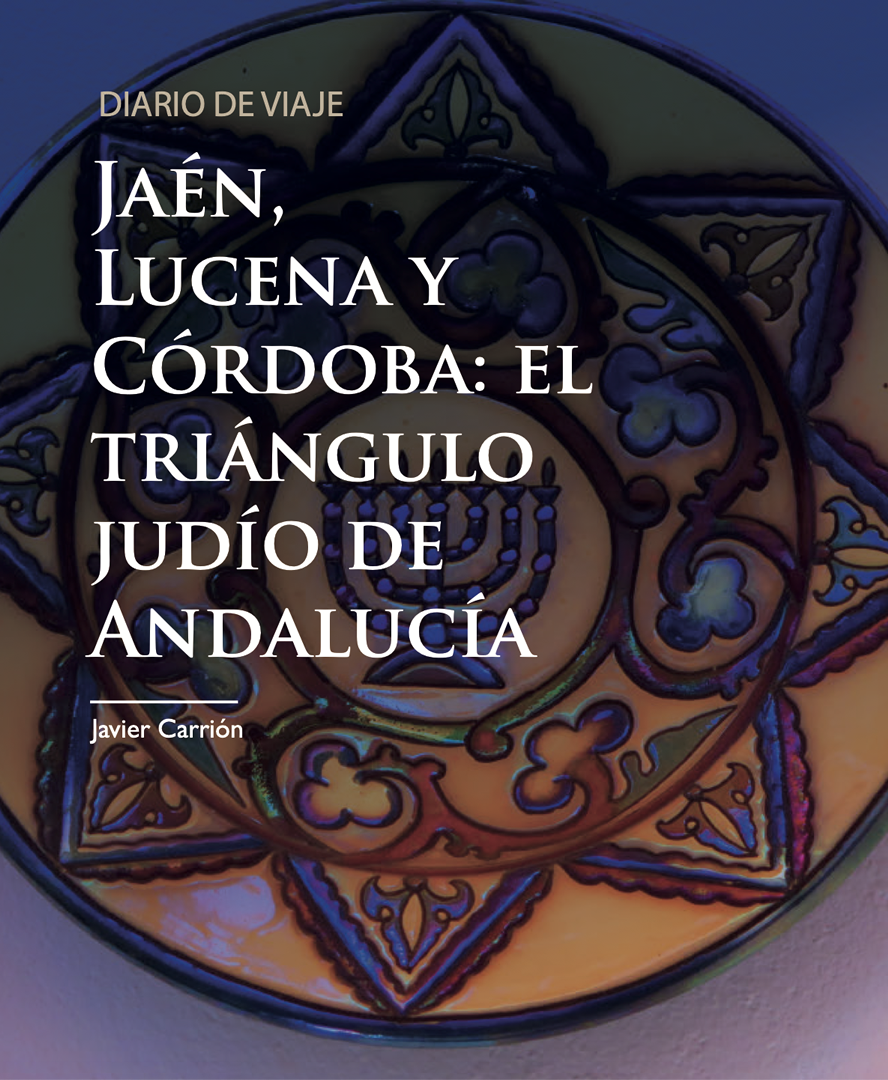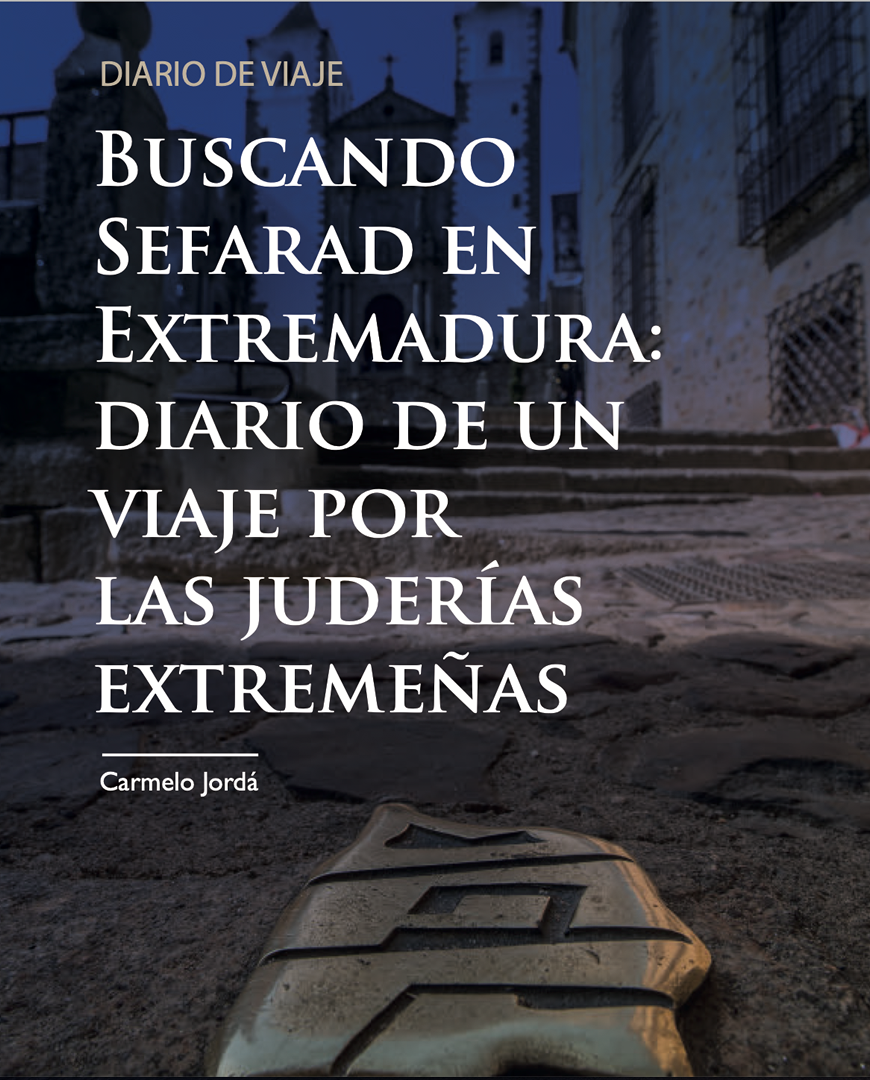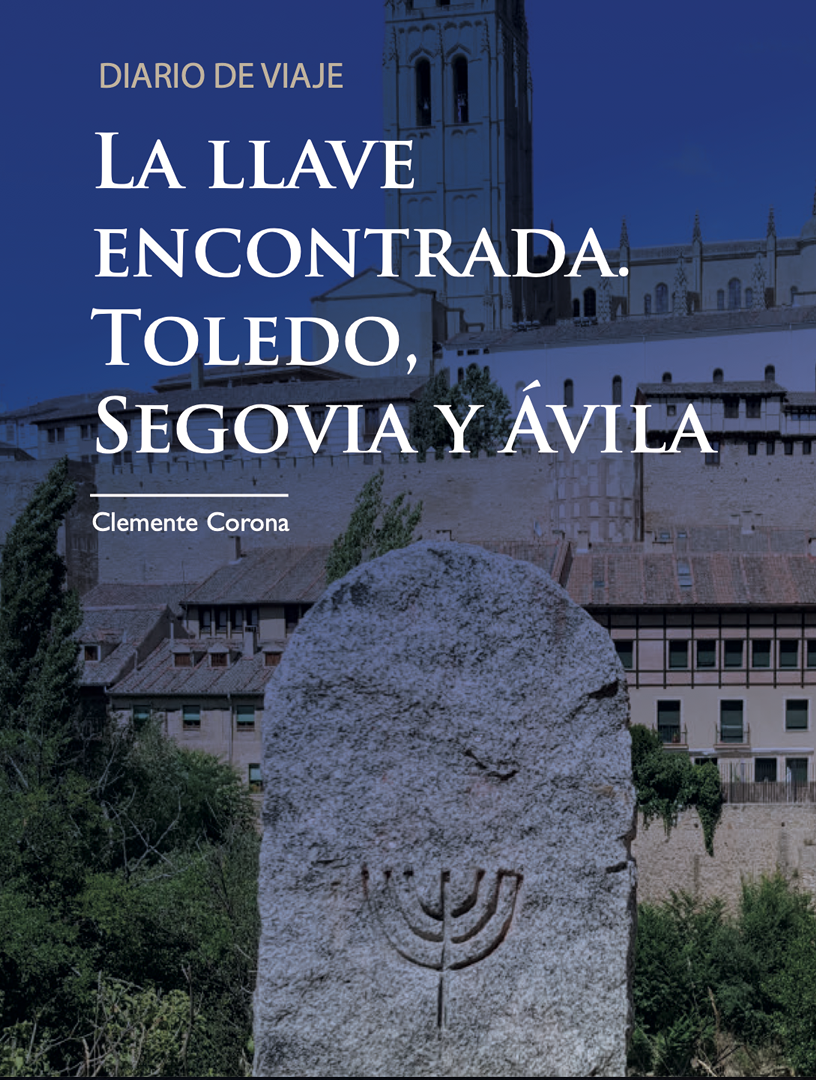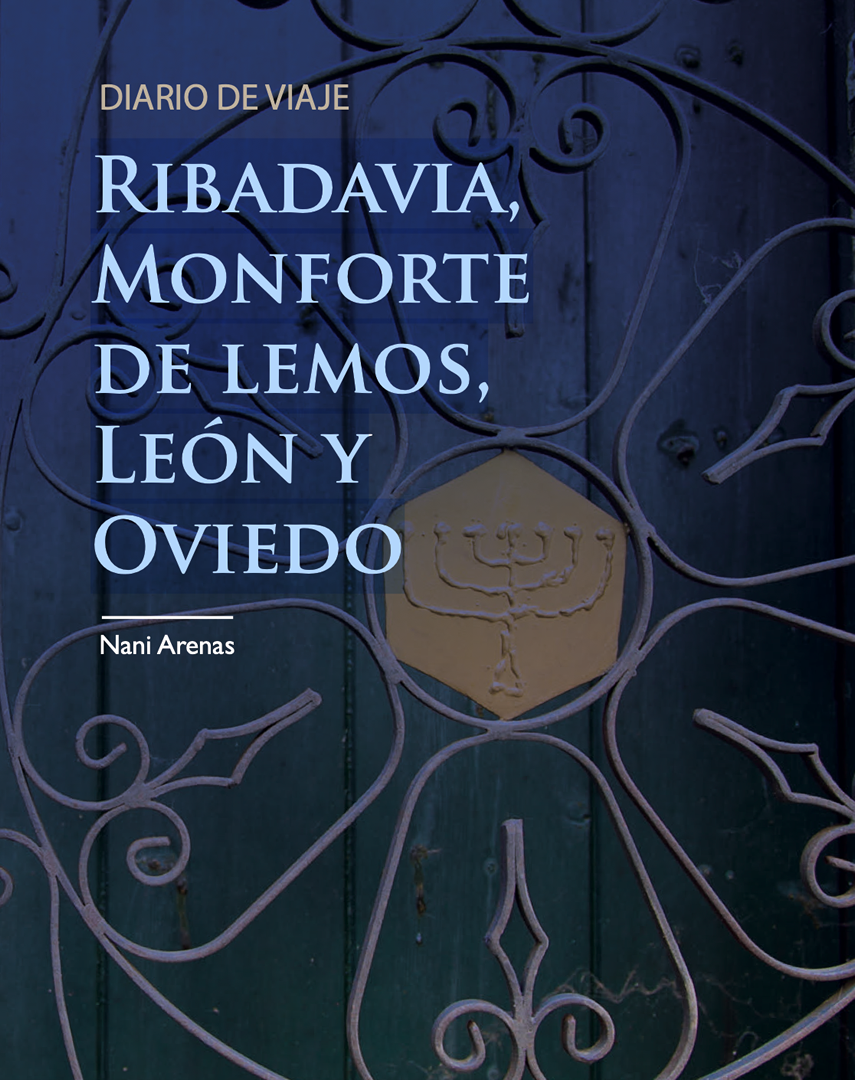The Dancing Festival of Karmiel is an annual Summer fiesta filled with incessant dancing over the period of three days and nights. Five hundreds dancers from all over the country and the world perform in dozens of shows in front of thousands of visitors. The festival includes more than 80 shows in multiple venues and contains various dancing styles such as classical, modern, jazz, hip-hop, ethnic, and more. The festival starts with a colorful parade of 3,000 dancers accompanied by authentic orchestras. There are a variety of competitions that take place throughout the festival based on choreography, popular dancing, and particular dance sytles such as Jazz. People of all ages from all over are invited to join in this joyous festival and dance away!
Archives: Directory listings
Directory listings
Bankito Festival
“Bánk is a tiny village in Nógrád County with its not-so-tiny Lake Bánk in the middle. It has everything a tiny village built around a lake could need: a small store, a tobacco shop, a pizza place, a pub, some hotels, motels and a lakeshore eatery. Plus the extremely friendly locals. Bánkitó Festival has been in town for 10 years, mostly around the Lakeshore and the Camp, though throughout the years, we ventured out to settle around the Reeds and the Meadow. Besides the lake, the small wooden cabins and the venues hiding around small clearings throughout the enclosing forest make Bánkitó the festival it is.” -Bankito
Birkat HaKohanim
Each year during the holidays of Passover and Sukkot, a moving and impressive Birkat Kohanim takes place in the presence of hundreds of kohanim and thousands of Jews from both Israel and around the world.
The Priestly Blessing or priestly benediction, also known in rabbinic literature as raising of the hands (Hebrew nesiat kapayim) or rising to the platform (Hebrew aliyah ledukhan) or dukhanen (Yiddish from the Hebrew word dukhan – platform – because the blessing is given from a raised rostrum) or duchanning, is a Hebrew prayer recited by Kohanim (the Hebrew Priests, descendants of Aaron). The text of the blessing is found in Numbers 6:23–27.
According to the Torah, Aaron blessed the people, and YHWH promises that “I will place my name on their hands” (the Kohanim’s hands) “and bless them” (the Jews receiving the blessing). The Jewish Sages stressed that although the priests are the ones carrying out the blessing, it is not them or the ceremonial practice of raising their hands that results in the blessing, but rather it is God’s desire that His blessing should be symbolised by the Kohanim’s hands.
Even after the destruction of the second Hebrew Temple in Jerusalem, the practice has been continued in Jewish synagogues, and today in most Jewish communities, Kohanim bless the worshippers in the synagogue during special Jewish prayer services.
Abu Gosh Music Festival
The Abu-Gosh Festival is the leading and most important festival in the Israeli vocal music scene. The Festival has existed in its present layout since 1992, and it takes place twice a year – on Sukkot and Shavuot – lasting between three to five days each time.
The Festival’s concerts are performed in two churches: the Crusader-Benedictine Church, built in the 12th century, situated in the heart of the village; and the Kiryat Ye’arim Church, situated at the top of the hill, overlooking Abu-Gosh.
Twice a year, the village of Abu Gosh becomes a paradise for vocal music lovers, who come in their thousands from all over the country and turn Abu Gosh and its churches into a colorful vocal locale of festivities.
Tisha B’av
Tisha B’Av is an annual fast day in Judaism, on which a number of disasters in Jewish history occurred, primarily the destruction of both Solomon’s Temple by the Neo-Babylonian Empire and the Second Temple by the Roman Empire in Jerusalem.
Tisha B’Av is regarded as the saddest day in the Jewish calendar and it is thus believed to be a day which is destined for tragedy. Tisha B’Av falls in July or August in the Gregorian calendar.
The observance of the day includes five prohibitions, most notable of which is a 25-hour fast. The Book of Lamentations, which mourns the destruction of Jerusalem is read in the synagogue, followed by the recitation of kinnot, liturgical dirges that lament the loss of the Temples and Jerusalem. As the day has become associated with remembrance of other major calamities which have befallen the Jewish people, some kinnot also recall events such as the murder of the Ten Martyrs by the Romans, massacres in numerous medieval Jewish communities during the Crusades, and the Holocaust.
Shavuot Learning
Ohr Torah Stone is holding a 24-hour long Zoom learning event for the holiday of Shavuot.



